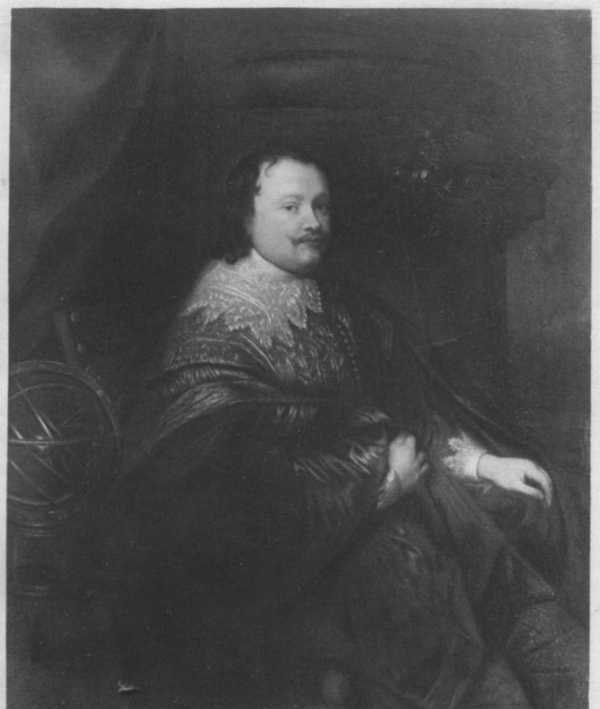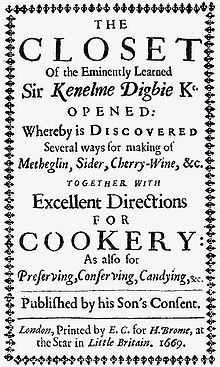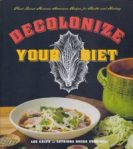I was going to write about Queen of Puddings but got distracted when I found a little goldmine in The Gutenberg EBook Projects called The Closet of the Eminently Learned Sir Kenelme Digbie Kt. Opened. I cannot find a reference that says that the word ‘closet’ was used as a synonym for ‘book’ but certainly, in this case, the closet contains the writings and recipes of Kenelme Digby. It seems though that ‘closet’ has been used more than just this once. Anne Macdonnell, who was responsible for the 1910 introduction wrote:
The 1669 edition of The Closet Opened is evidently the first. The interleaved example mentioned in the Catalogue of the Digby Library is of the same date. Whoever prepared it for the press and wrote the egregious preface “To the Reader” … gave it the title; but it was a borrowed one. Some years earlier, in 1655, had appeared The Queen’s Closet Opened, Incomparable Secrets which were presented unto the Queen by the most Experienced Persons of the Times, many wherof were had in Esteem when she pleased to descend to Private Recreation. The Queen, of course, is Henrietta Maria, and chief among the “Experienced Persons” referred to was certainly her Chancellor, Digby. Possibly he may even have suggested the printing of the collection. Like titles are met with again and again. Nature’s Cabinet Opened, a medical work, was attributed to Browne, though he repudiated it. Ruthven’s book I have already alluded to. The Queen-like Closet, a Rich Cabinet, by Hannah Wolly, came out in 1670.
Page xlvii, Introduction, THE CLOSET OF SIR KENELM DIGBY KNIGHT OPENED:
NEWLY EDITED, WITH INTRODUCTION, NOTES, AND GLOSSARY, BY ANNE MACDONELL
So who was Sir Kenelm Digby Knight? His portrait, by Sir Anthony Vandyke, is part of the Windsor Castle collection. The celebrity cook Clarissa Dickson Wright described Digby as “the first true dilettante foodie”, as well as a “privateer, a spy, a hypochondriac and also an enthusiastic amateur scientist.” Anne Macdonell says that in his own day he was looked on almost as Bacon’s equal, and was the friend of Bacon, Galileo, Descartes, Harvey, Ben Jonson, Cromwell, as well as being friends with kings, and the ‘special friend’ of queens and, more importantly for us, as a bon viveur too.

At 291 pages there is the opportunity for Kenelme to provide us with a huge range of everyday, local, continental, special and insightful recipes. His ‘Index of Receipts’ reads like a ‘Who’s Who’ of contemporary aristocracy, from Portugal Broth as it was made for the Queen, to My Lady Diana Porter’s Scotch Collops, and Sweet-Meats of my Lady Windebanks. He also notes his connection to Bacon with ‘ Doctor Bacon related to me, that Mr. Minito the Roman Apothecary, made him some conserve of Rose’ before he goes on to tell us how to make this conserve.
He gives many alternatives to make Metheglin, The Liquor of Life,
- Sir Edward Bainton’s, 90
- The Countess of Bullingbroke’s, 13
- The Countess of Dorset’s, 62
- Sir John Fortescue’s, 53
- My Lady Hungerford’s, 6
- Mr. Pierce’s excellent, 46
- The Lady Vernon’s, 55
- The Earl of Denbigh’s, 85
- Sir Thomas Gower’s, 29
- as it is made at Liège, 5
- or sweet drink of my Lady Stuart, 93
- for the colic and stone, of my Lady Stuart, 93
- for health, Sir Thomas Gower’s, 27
- for taste and colour, 28
- that looks like White Wine, 90
(Metheglin is a traditional mead with herbs or spices added. Some of the most common metheglins are ginger, tea, orange peel, nutmeg, coriander, cinnamon, cloves or vanilla. Its name indicates that many metheglins were originally employed as folk medicines. The Welsh word for mead is medd, and the word “metheglin” derives from meddyglyn, a compound of meddyg, “healing” + llyn, “liquor”. Source: Wikipedia )
He also provides recipes for “sallets”, eggs, potage, meat pie and meat and vegetable pasties, cooked and prepared meats, syllabub, cakes, pies, puddings and other desserts. The book ends with recipes for jellies, marmalade, quince paste, jams and syrups.
His glossary is full of surprises. Some of the terms have disappeared – ‘lith’- some remain – ‘lardon’. I didn’t know, for instance, that there was a dish called Humble-pie:
- Humble-pie, a pie made of umbles or numbles (the heart, liver, kidneys, etc.) of the deer.
- Kiver, kive, keever, a large vessel for fermenting liquors; a mashing tub.
- Lardons, strips of bacon or salt pork used for larding.
- Laton, latton, latten, a utensil made of thin brass, or mixed metal.
- Lith, smooth, thick.
- Lute, to close v., to adhere.
- Magma, grounds.
It is a phenomenal book and I recommend it if you have a spare moment over the holiday period. You can see it here.
Holidays are coming and so, in line with most New Zealanders, I shall take a break for the next month. Have a fine time, give lots of hugs and kisses to those you love, don’t sweat the little things, and I shall write again in the New Year.
But first a last recipe:
I rather liked this one and particularly the Wild-dragons.
TO MAKE PLAGUE-WATER
Take a pound of Rue, of Rosemary, Sage, Sorrel, Celandine, Mugwort, of the tops of red brambles of Pimpernel, Wild-dragons, Agrimony, Balm, Angelica of each a pound. Put these Compounds in a Pot, fill it with White-wine above the herbs, so let it stand four days. Then still it for your use in a Limbeck.
But I reckoned that we were probably unlikely to want or need it and so I offer you this:
A GOOD DISH OF CREAM
Boil a quart of good Cream with sticks of Cinnamon and quartered Nutmeg and Sugar to your taste. When it is boiled enough to have acquired the taste of the Spice, take the whites of six New laid eggs, and beat them very well with a little Fresh-cream, then pour them to your boyling Cream, and let them boil a walm (a bubble) or two. Then let it run through a boulter (a sieve), and put a little Orange flower-water to it, and sliced bread; and so serve it up cold.














